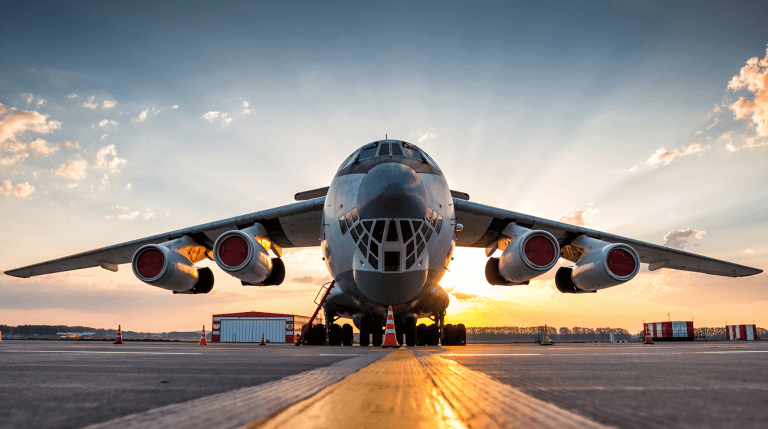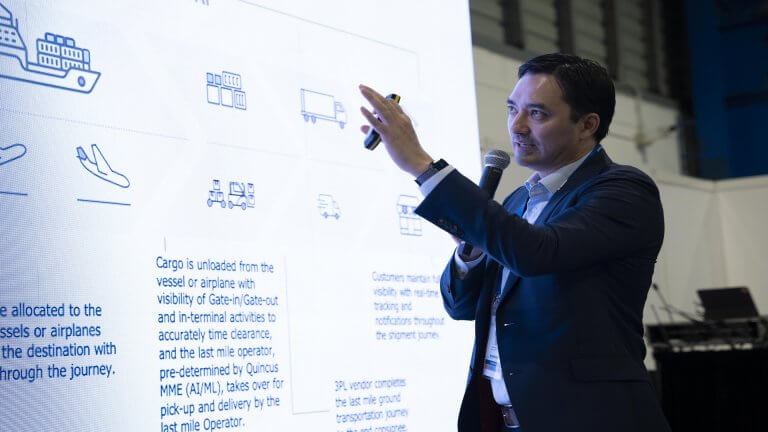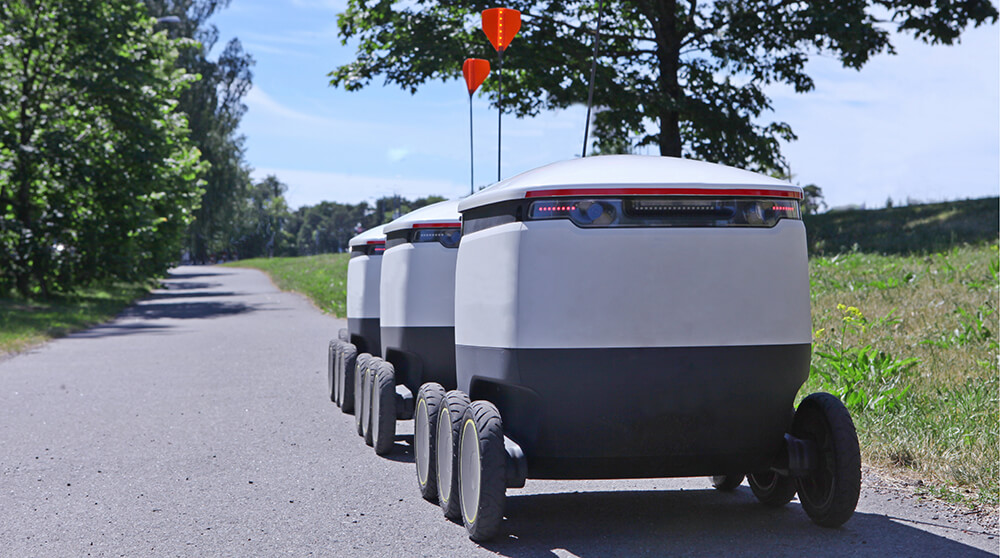
Unconventional Delivery Methods and Their Last-Mile Benefits
The high costs of last-mile delivery (over 50% of overall delivery costs) come from losing the cost-saving measures of the preceding miles. Without the efficiency and economy of scale granted by consolidated shipping, the final leg of the package journey sees bulk shipments split into thousands of individual deliveries–each with its own service level, end point, contact details, and much more.
Although technology such as route optimization has made great strides towards enabling delivery fleets to meet this challenge, trucks, and vans are no longer the only players worthy of mention in the last-mile game. As rising e-commerce drives package deliveries towards an expected $665 billion in market worth by 2030, companies are increasingly exploring alternative and unconventional means of package delivery to keep costs down and service levels up.
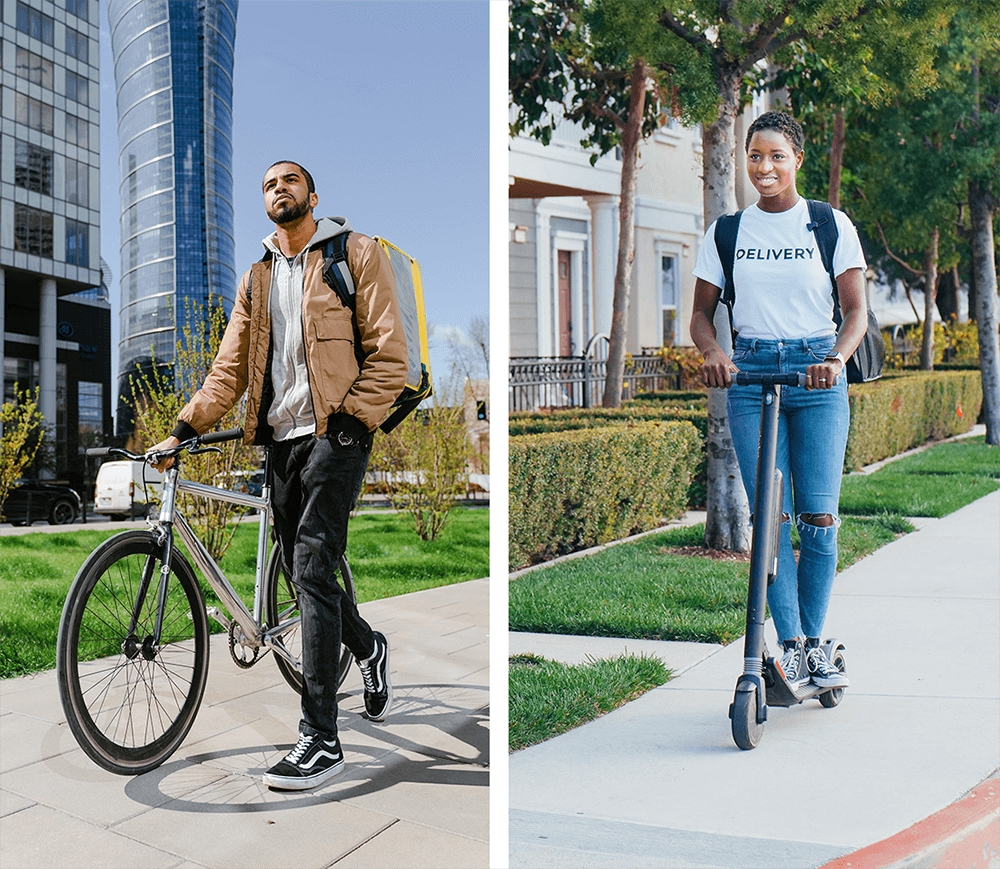
Bikes and skates: leveraging urban mobility for speedy deliveries
Personal mobility devices such as bikes, roller skates and even skateboards are gaining traction for their ability to help couriers and delivery personnel overcome navigational challenges in towns and cities.
Their lower costs aside, these devices are superior to trucks and vans in several ways, the first being onboarding. Doing away with the need for driver’s licenses, proper registration, and road experience lowers the barrier to finding delivery personnel. Mobility, the very purpose of these devices, is another significant advantage: a courier on a bike or skateboard can go where one driving a vehicle cannot and use pedestrian paths to circumvent difficult road traffic. Research using GPS tracking has shown that bikes can be 1.6 times faster than vans in urban deliveries.
Switching away from conventional delivery vehicles also brings strong sustainability and environmental benefits. An e-cargo bike, for example, is estimated to emit at least eight times fewer emissions per kilometer than a diesel van while helping to reduce urban congestion caused by delivery vehicles looking for parking space. Indonesia’s Westbike Messenger has provided an excellent example with its Eco Courier service, which offers same-day delivery in Jakarta using bicycles that require no engines and fuel.
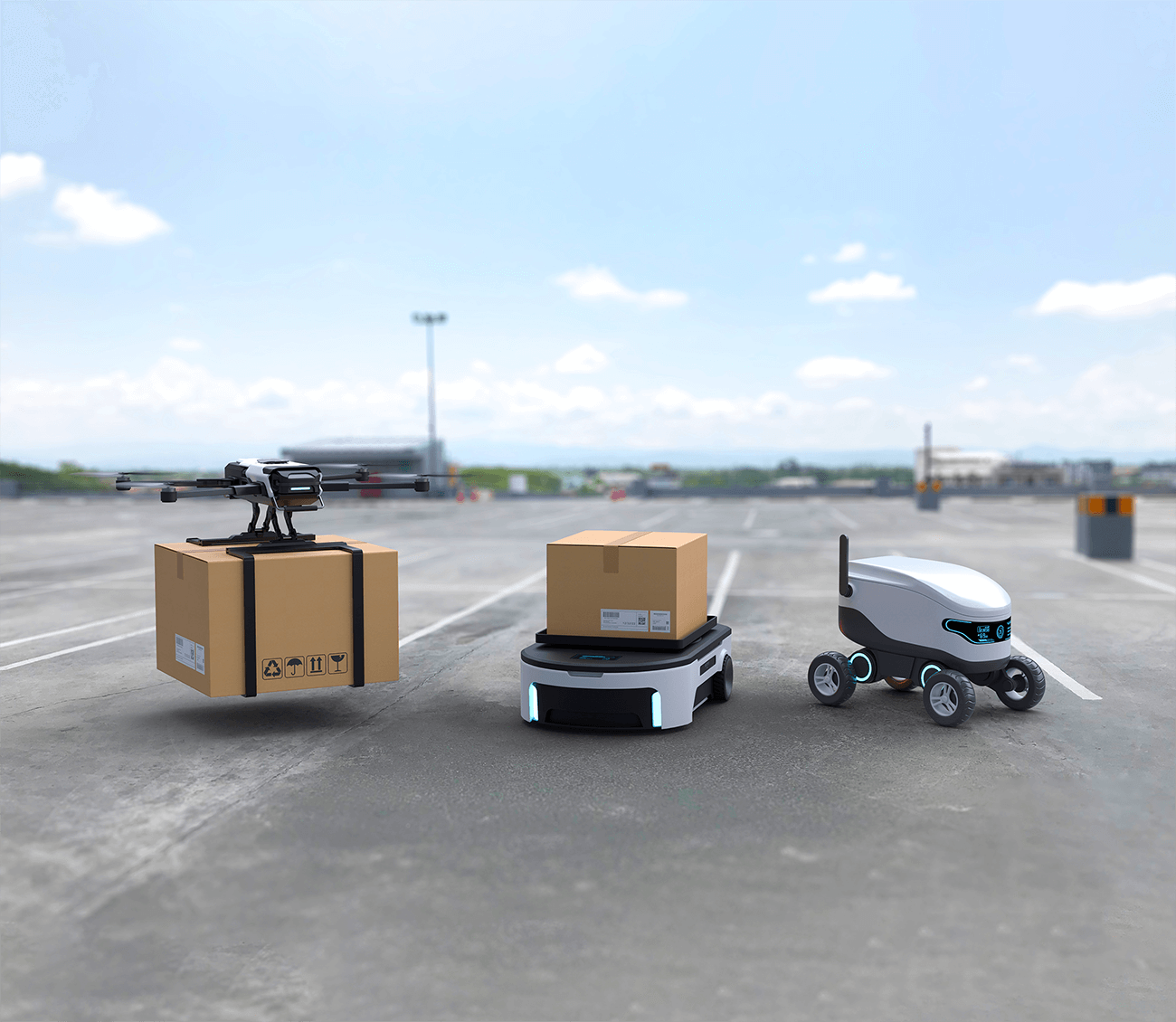
Drones and courier robots: the next frontier in delivery automation
The future is looking bright for high-tech delivery automation in aerial drones and ground-based courier robots of various kinds. Drones already account for over 61% of the autonomous last-mile delivery market share, itself expected to grow at an impressive CAGR of around 19% in the next decade.
Drones have already seen use across the globe in recent years to deliver e-commerce orders, food, and even medical supplies. Using a fleet of these unmanned aerial vehicles to transport packages from hubs to nearby addresses would eliminate the costs of a conventional ground-based fleet. When combined with app-driven track-and-trace capabilities for the consumer, this would also enable a speed of delivery that minimizes failed attempts and ensures maximum satisfaction. With time, there is the potential to integrate drones into last-mile operations by using existing trucks as mobile launch bays, further extending on-demand drone coverage and helping drivers maintain SLAs in hard-to-reach areas.
Similarly, autonomous courier robots–whether wheeled, bipedal, or otherwise–offer a potent alternative to trucks and vans. In addition to eliminating the cost of trained drivers, these machines can work 24/7 just like their aerial drone cousins, responding to orders at any time of the day and even waiting for customers if needed. Being electric-powered, both drones and delivery robots are also significantly greener than conventional vehicles. Studies have found that drones, for instance, emit as much as 54% fewer emissions than trucks in short-distance runs.
The future is likely to see both these machines working in concert to automate the last mile. Studies show that, over the next decade, robots could be delivering more than 20 billion packages a year and generating some $50 billion in revenue. With these innovations and the rise of personal mobility devices as a desirable alternative for serving customers in dense or infrastructure-poor urban landscapes, delivery fleets have many options to support future growth.
Do you think bikes, skateboards, drones, and robot couriers have a place alongside trucks and vans in the future of logistics?
Sources:
https://www.zdnet.com/article/the-last-mile-robots-take-to-streets-for-local-delivery/
https://www.factmr.com/media-release/1945/global-autonomous-last-mile-delivery-market
https://supplychaingamechanger.com/delivery-drones-are-taking-off-infographic/
https://www.allerin.com/blog/the-use-of-robots-for-last-mile-delivery
Subscribe to keep up with our latest news

